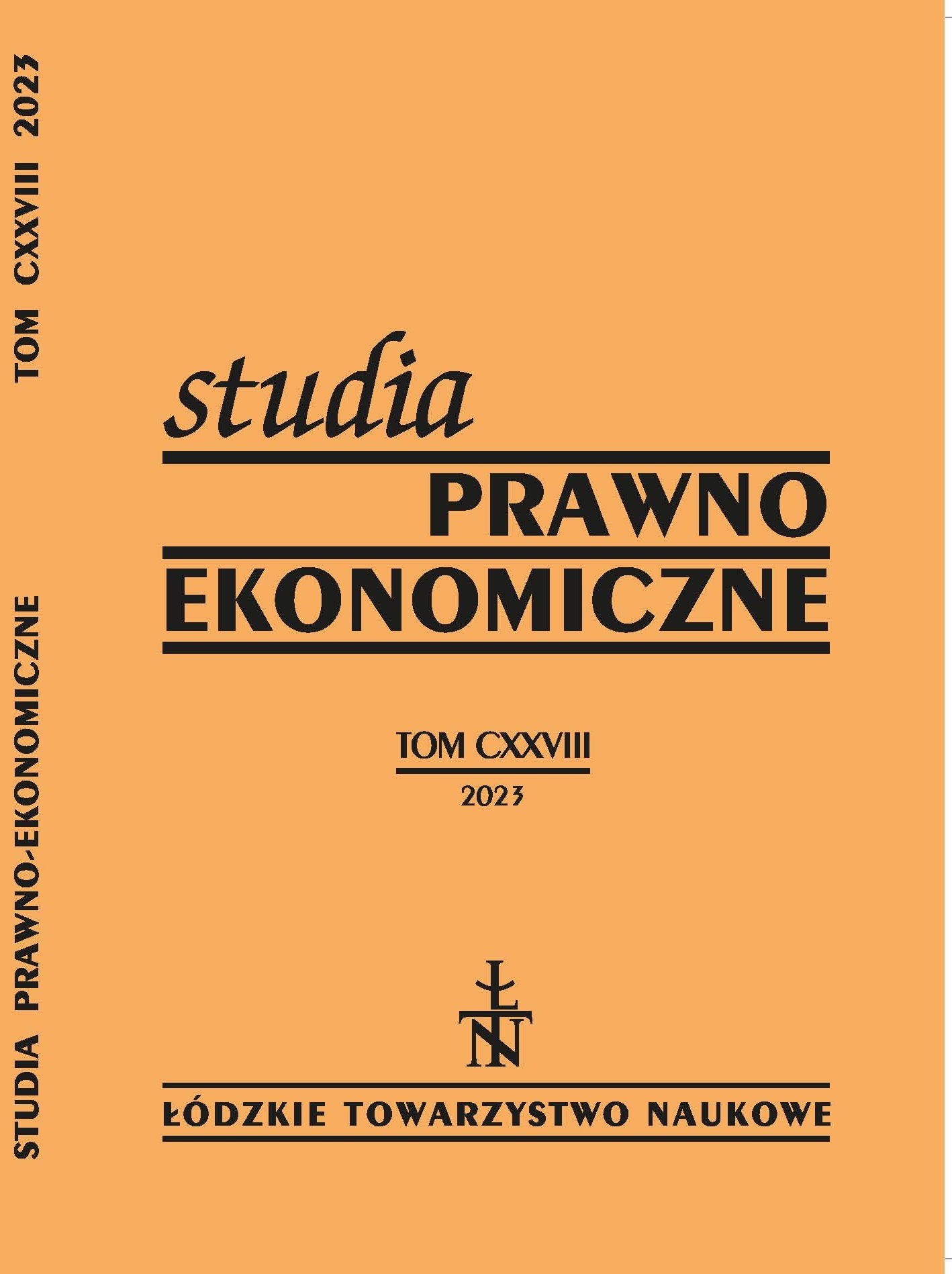NABYCIE PRZEZ OCCUPATIO POSIADANIA PLASTRÓW MIODU ORAZ UKRYTYCH W ZIEMI KOSZTOWNOŚCI WEDŁUG TEORII LEONA PINIŃSKIEGO. CZĘŚĆ 2
ACQUISITION OF POSSESSION BY OCCUPATIO OF HONEYCOMBS AND VALUABLES HIDDEN IN THE GROUND ACCORDING TO LEON PINIŃSKI’S THEORY. PART 2
Author(s): Dagmara Skrzywanek-JaworskaSubject(s): Civil Law, Philosophy of Law, Roman law
Published by: Łódzkie Towarzystwo Naukowe
Keywords: Leon Piniński; Roman law studies in Poland; Pandectists; acquisition of possession; occupation;
Summary/Abstract: Background: The article discusses the acquisition of possession of honeycombs and valuables hidden in the ground according to Leon Pininski’s possessio theory. This is another stage of the Polish Romanist’s considerations on the acquisition of possession of movable things by occupatio, continuing from the discussion of wild animals These views are an expression of criticism against the theory of possession formulated in the 19th century by Savigny, understood as a man’s actual power over a thing.Research purpose: The research purpose of the articles in this series is to introduce Pininski’s concept of possessio in understanding the economic relationship between man and thing, as well as to characterize the scientific profile of the Polish Romanist against the background of the activities of the Pandectists and other representatives of German-speaking legal science. Methods: The article uses the historical and legal method.Conclusions: Pininski’s reflections on the acquisition of possession of honeycombs and valuables hidden in the ground reinforced his conviction that the assumptions of Savigny’s theory were inaccurate and pointed out the shortcomings of the Pandectists’ interpretation of the Roman sources. While considerations on the acquisition by occupatio of possession of wild animals set the direction of critical discussion, the present considerations are a continuation of them with only a slight shift in emphasis. What draws attention here is Jhering’s direct inspiration in terms of the argumentation used and the selection of Roman sources. The previously formulated conclusions remain valid as to Pininski’s excellent orientation in the Pandectists’ interpretation of the ius Romanum sources, his balanced and careful assessment of the errors committed in it, as well as his ability to take a bold and, above all, practical approach to the researched matter.
Journal: Studia Prawno-Ekonomiczne
- Issue Year: 2023
- Issue No: 128
- Page Range: 67-87
- Page Count: 21
- Language: Polish

